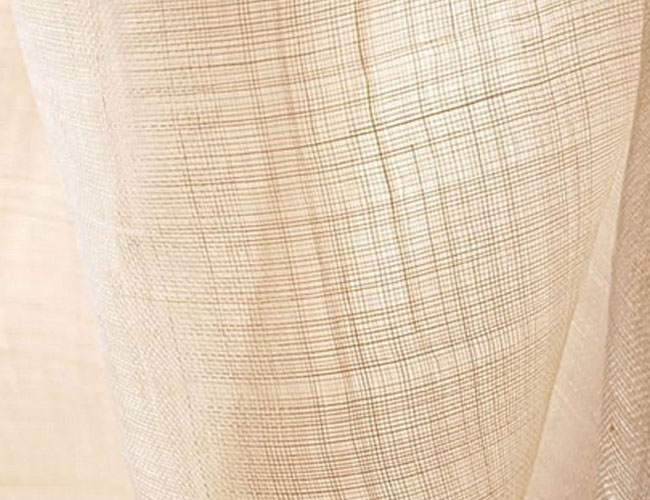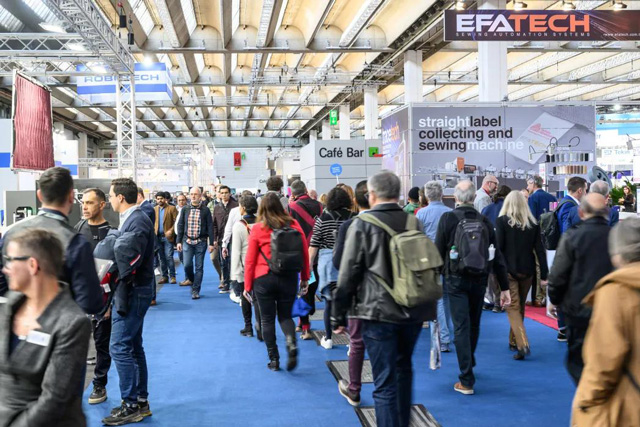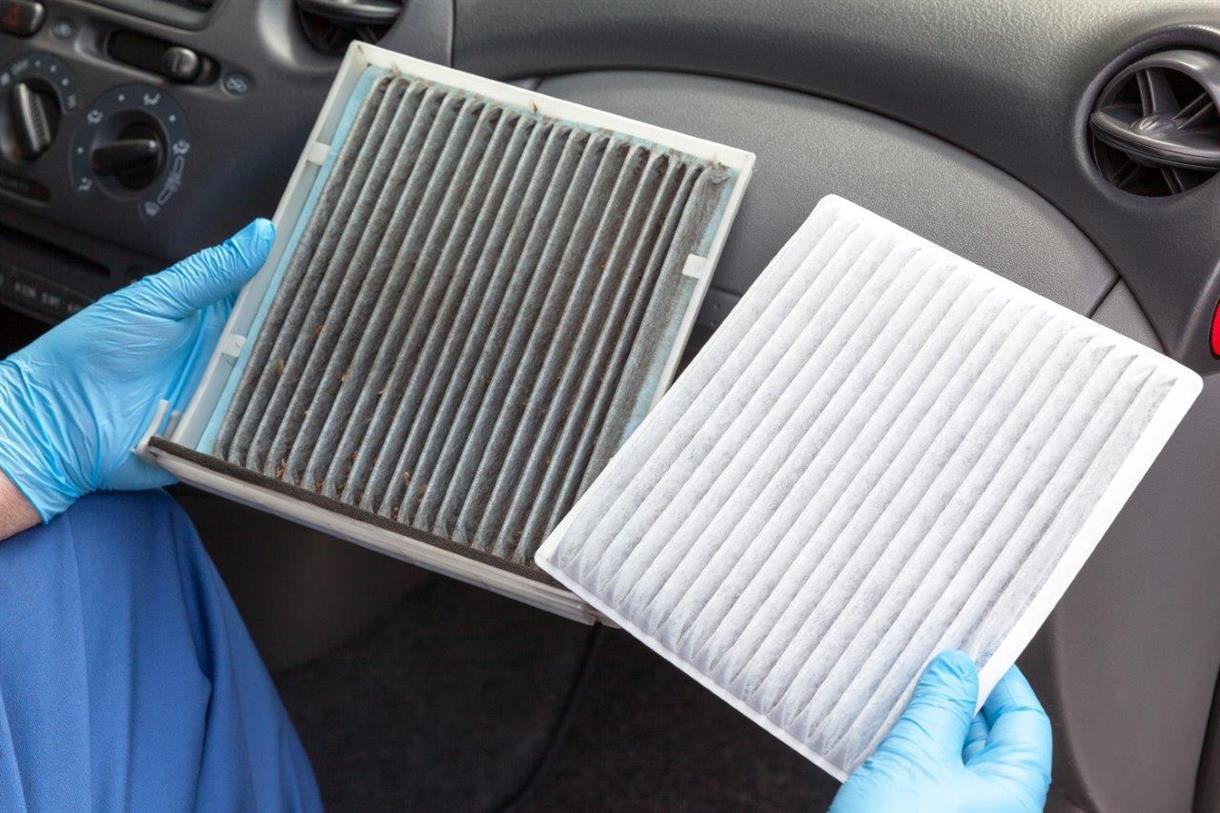
Cambric fabric is a lightweight, plain-woven fabric that is typically made from cotton or linen fibers. It has a dense weave with a fine texture, which gives it a smooth and lustrous appearance. Cambric is known for its softness, breathability, and durability, making it a popular choice for a variety of applications.
The name "cambric" is believed to have originated from Cambrai, a city in northern France known for its textile production during the Middle Ages. Cambric fabric has been used for centuries and has been favored for its versatility and comfort.
Cambric is commonly used in the production of clothing, particularly for lightweight garments such as dresses, blouses, and shirts. It is also used for linings, handkerchiefs, and underwear. Additionally, cambric fabric is utilized in the creation of quilts, embroidery, and other crafting projects due to its stable and smooth surface.
The history of cambric fabric dates back several centuries. The fabric takes its name from Cambrai, a city in northern France, which was a renowned center of textile production during the Middle Ages. However, the origins of cambric can be traced even further back to ancient civilizations.
Cambric fabric is believed to have originated in India, where it was known as "kambala" or "kambl." Indian cotton fabrics were highly regarded for their quality and fine weave, and they were exported to various parts of the world, including Europe. The fabric gained popularity in Europe during the 16th century when it was introduced by Portuguese traders who had established trade routes with India.
The city of Cambrai in France became famous for its production of high-quality, fine cotton fabric. The cambric produced in Cambrai was prized for its softness, smooth texture, and superior weaving techniques. It gained recognition as one of the finest cotton fabrics available at the time.
During the Renaissance period, cambric fabric gained prominence among European royalty and the upper classes. It was used to create luxurious clothing, including undergarments, ruffs, and collars. The fabric was highly valued for its lightweight nature, breathability, and its ability to hold intricate details in embroidery and lacework.
As the textile industry developed and technology advanced, cambric production spread to other countries, including England, Scotland, and the United States. The Industrial Revolution in the 18th and 19th centuries brought about significant changes in textile manufacturing processes, leading to the mass production of cambric fabric.
Over time, cambric fabric has evolved to include variations made from both cotton and linen fibers. Today, cambric is still used in various applications, including clothing, linings, quilting, and crafting.
Cambric fabric is typically made from cotton or linen fibers. Both cotton cambric and linen cambric have their own unique characteristics.
Cotton Cambric: Cotton cambric is made from cotton fibers. Cotton plants are cultivated, and the cotton bolls are harvested. The fibers are then separated from the seeds and processed to remove impurities. The cotton fibers are spun into yarn, which is then woven to create the cambric fabric. Cotton cambric is known for its softness, breathability, and comfort. It has a smooth texture and is often lightweight, making it suitable for warm-weather clothing and delicate applications.
Linen Cambric: Linen cambric, on the other hand, is made from flax fibers derived from the flax plant. Flax plants are grown and harvested, and the flax fibers are extracted from the stem. The fibers undergo various processes, including retting, drying, and combing, to obtain long, smooth linen fibers. These fibers are then spun into yarn and woven to create linen cambric fabric. Linen cambric is highly regarded for its strength, durability, and ability to keep the wearer cool in hot weather. It has a crisp texture and a slightly more substantial feel compared to cotton cambric.
Both cotton and linen cambric fabrics can be blended with other fibers or undergo additional treatments to enhance specific characteristics such as wrinkle resistance, dye retention, or stretch.
Overall, cambric fabric is made from natural fibers, with cotton and linen being the most commonly used materials. The choice of fiber can affect the properties and characteristics of the cambric fabric, such as its softness, breathability, strength, and texture.
Cambric fabric offers several advantages that contribute to its popularity and versatility. Here are some of the key advantages of cambric fabric:
Softness: Cambric fabric is known for its soft and smooth texture. It has a gentle touch against the skin, making it comfortable to wear.
Breathability: Cambric fabric is highly breathable, allowing air circulation and heat dissipation. It helps to keep the wearer cool and comfortable, especially in warm weather.
Lightweight: Cambric fabric is typically lightweight, which adds to its comfort factor. It drapes well and doesn't feel heavy on the body, making it ideal for creating flowing and delicate garments.
Durability: Despite its lightweight nature, cambric fabric is durable and long-lasting. It can withstand regular wear and tear and retains its shape and integrity over time.
Versatility: Cambric fabric is versatile and can be used for various applications. It is suitable for both clothing and non-clothing items. It is commonly used for dresses, blouses, shirts, linings, handkerchiefs, quilts, and embroidery projects.
Easy to Work With: Cambric fabric is relatively easy to handle and work with due to its stability and smooth surface. It is suitable for sewing, embroidery, and other crafting techniques.
Absorbency: Cotton cambric, in particular, has good absorbent properties. It can absorb moisture from the body, helping to keep the wearer dry and comfortable.
Availability: Cambric fabric is widely available in various colors, patterns, and finishes. It can be easily found in fabric stores and is often used by fashion designers and home sewers alike.
Compatibility with Dyes: Cambric fabric generally takes dyes well, allowing for vibrant and long-lasting colors. This makes it suitable for creating garments with intricate or bold designs.
Easy Care: Cambric fabric is typically easy to care for. It can be machine-washed or hand-washed, and it often resists wrinkling, reducing the need for extensive ironing.
These advantages make cambric fabric a popular choice for a range of clothing and textile applications, offering comfort, durability, and versatility.
Cambric fabric is used for various purposes due to its desirable qualities. Here are some common uses of cambric:
1. Clothing: Cambric is widely used in the production of clothing, especially for lightweight and delicate garments. It is often used for dresses, blouses, shirts, skirts, and tops. The fabric's softness, breathability, and draping properties make it comfortable to wear, particularly in warm weather.
2. Linings: Cambric fabric is commonly used as a lining material in garments. It adds structure, smoothness, and durability to the main fabric, enhancing the overall quality and appearance of the garment.
3. Quilting: Cambric is a popular choice for quilting due to its stable and tightly woven structure. It provides a smooth surface for quilting stitches and helps to maintain the integrity of the quilt.
4. Crafts: Cambric fabric is often used in various crafting projects. It can be employed in embroidery, appliqué work, and other decorative applications due to its stable surface and ability to hold intricate details.
5. Handkerchiefs: Cambric is sometimes used for making handkerchiefs due to its softness and absorbency. It can be used for both everyday use and special occasions.
6. Upholstery: Cambric fabric is occasionally used in upholstery projects, particularly for lining the undersides of furniture to protect the padding and springs. It helps to maintain the shape and structure of the furniture.
7. Bookbinding: Cambric is utilized in bookbinding to strengthen the spine and covers of books. It provides durability and support to the binding.
8. Medical Applications: In medical settings, cambric fabric has been used in surgical dressings and bandages due to its soft and hypoallergenic properties.
9. Historical Reenactments: Cambric fabric is sought after for historical reenactments and costuming, particularly for garments from the Renaissance period. Its historical association and delicate appearance make it suitable for recreating authentic clothing styles.
These are just a few examples of the many applications of cambric fabric. Its versatility, softness, and durability make it a preferred choice for various textile-related projects and purposes.

Cambric Fabric Used In Which Season? Cambric fabric is generally more suitable for summer or warm weather. Its lightweight nature, breathability, and smooth texture make it comfortable to wear in hot and humid conditions. Cambric fabric allows air circulation and helps to keep the body cool by allowing heat to escape.
During summer, cambric fabric can be used for lightweight clothing such as dresses, blouses, shirts, and skirts. It provides a soft and comfortable feel against the skin and allows for better airflow, helping to prevent overheating and discomfort.
While cambric fabric is commonly associated with summer wear, it can also be used for layering during the cooler months. It can serve as a lining fabric for winter garments to add structure and comfort without adding bulk or heaviness.
It's worth noting that the weight and thickness of cambric fabric can vary. Some cambric fabrics may be slightly thicker or have a higher thread count, making them suitable for transitional seasons or layering. However, in general, cambric fabric is most popular and widely used for summer or warm weather clothing due to its lightweight and breathable properties.
While cambric fabric can be used for layering or lining during cooler months, its main application and popularity lie in warm-weather clothing. It is known for its ability to keep the wearer cool and provide a lightweight feel, making it a go-to choice for summer fashion.
Determining the authenticity of cambric fabric can be challenging, especially when purchasing fabric from unknown sources. However, here are a few factors to consider that may help you assess the authenticity of cambric fabric:
Fiber Content: Cambric fabric is typically made from cotton or linen fibers. To determine authenticity, check the fiber content label or inquire about the fabric's composition. Authentic cambric fabric should be made primarily of cotton or linen.
Weave and Texture: Cambric fabric is known for its fine weave and smooth texture. Examine the fabric closely to see if it has a tightly woven structure and a lustrous appearance. Authentic cambric should have a distinct fine texture.
Weight and Thickness: Cambric fabric is generally lightweight and thin. Gently feel the fabric in your hands to determine if it has a delicate and lightweight characteristic. It should not feel heavy or thick like other cotton fabrics such as denim or canvas.
Breathability: Cambric fabric is breathable and provides good air circulation. Hold the fabric against your skin and see if it feels comfortable and allows airflow. If the fabric feels suffocating or does not allow air to pass through, it may not be authentic cambric.
Quality and Finishing: Authentic cambric fabric is typical of high quality with even and consistent weaving. Check for any irregularities, loose threads, or signs of poor craftsmanship. Authentic cambric fabric will have a polished and refined appearance.
Source and Reputation: Consider the source and reputation of the fabric supplier or manufacturer. Authentic cambric fabric is more likely to come from reputable textile producers with a history of producing high-quality fabrics.
Brand or Label: Some reputable fabric brands or manufacturers may label their fabrics as "cambric" if they meet the specifications of the fabric type. Look for trusted brands or labels known for their quality fabrics.
While these factors can provide some guidance, it's important to note that determining the authenticity of fabric can sometimes be challenging, especially without proper expertise or access to detailed information. If authenticity is crucial, consider purchasing cambric fabric from trusted fabric stores or manufacturers with a proven track record.
All Rights Reserved: https://www.groupgf.com/info-detail/cambric-fabric
Copyright Notice: This is an original (translated) article from G&F Group Inc., please indicate the source from G&F GROUP INC... If there is any infringement, please contact us first.
 Techtextil & Texprocess Rounded Off
Techtextil & Texprocess Rounded Off
 Nonwovens in daily life ----- filtration
Nonwovens in daily life ----- filtration
 Nonwovens in daily life ----- automotive
Nonwovens in daily life ----- automotive
 What is SAP – superabsorbent polymers
What is SAP – superabsorbent polymers